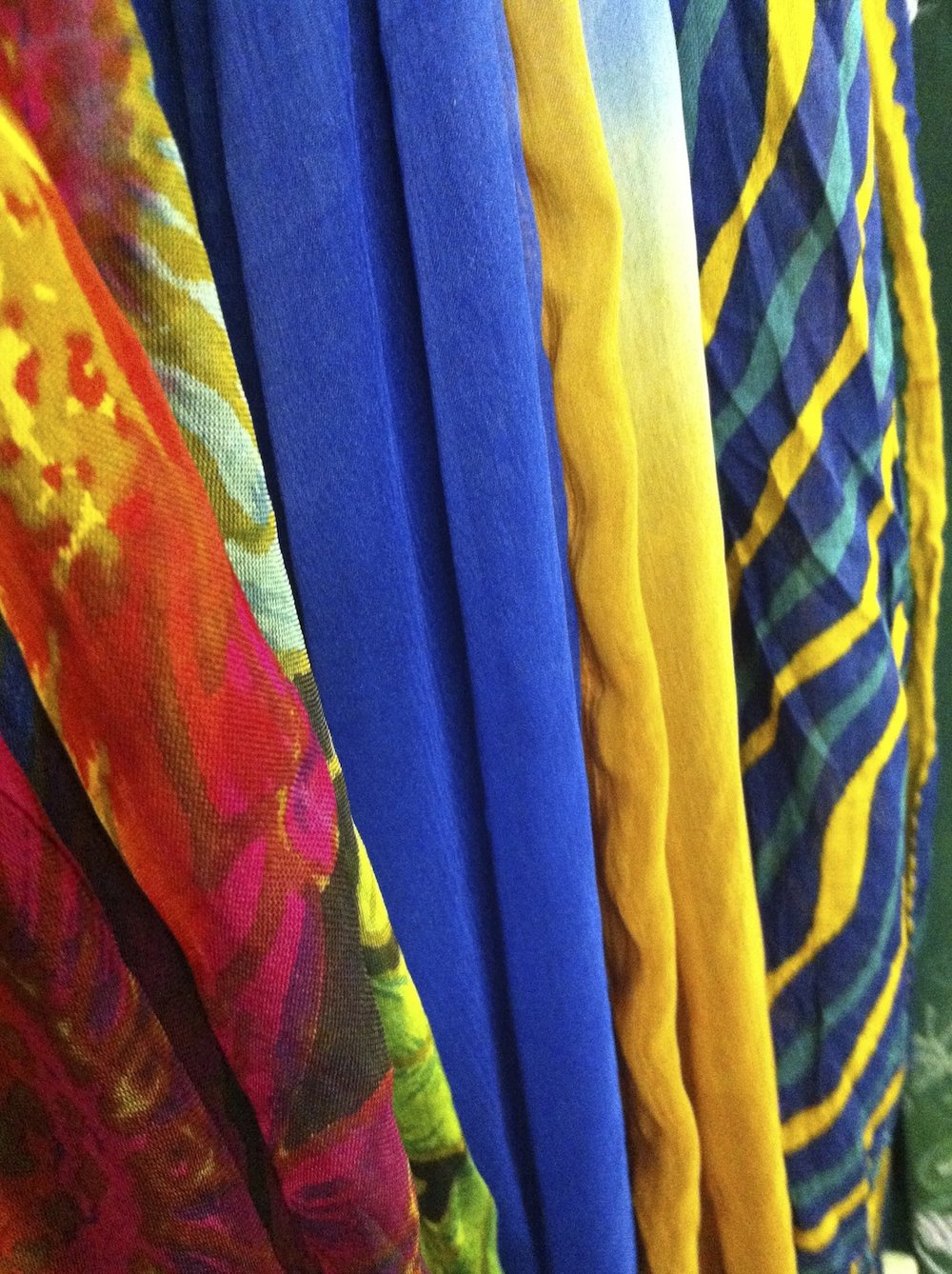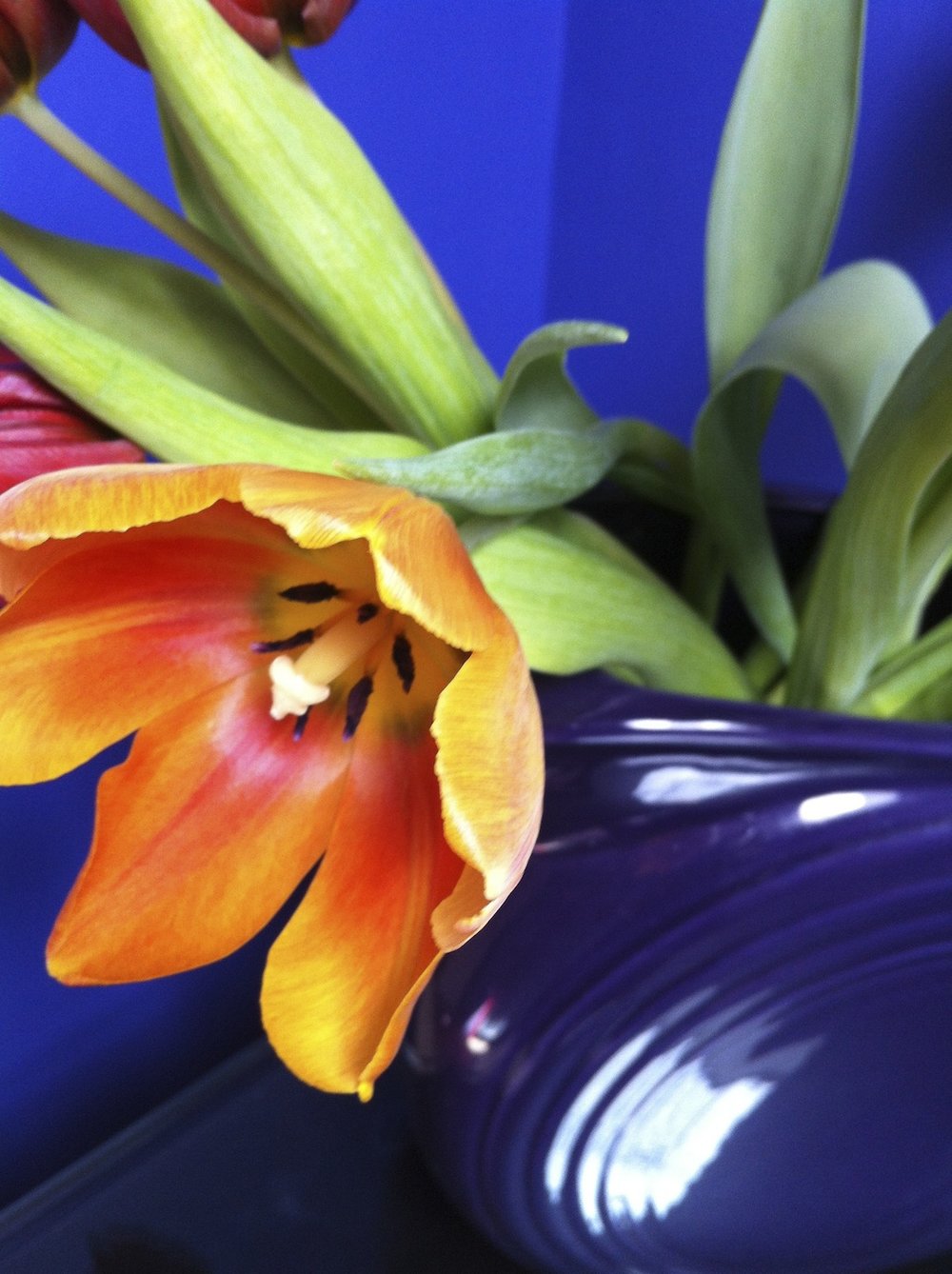 It may surprise you that many organizers are also collectors. I’m one of them. I collect many things including Pez dispensers, cobalt blue glass, trinkets, floating pens, sparkly things, and beautiful Pinterest images. I no longer collect rocks, cat-related objects, pins, or leotards. Tastes change. Focus changes. Letting go happens. I was interested in knowing more about organizers’ collections, the influence it had on their organizing work, and letting go issues. To understand more, I reached out to several of my colleagues (Janine Adams, Ruthann Betz-Essinger, Nancy Borg, and Karen Fulks.) They shared a range of perspectives about the “stuff” of life, collecting it, managing it, and letting go of it. My deepest gratitude goes to each of them for exploring their collecting and letting go experiences with us. Keep reading for some insights about the path of our possessions.
It may surprise you that many organizers are also collectors. I’m one of them. I collect many things including Pez dispensers, cobalt blue glass, trinkets, floating pens, sparkly things, and beautiful Pinterest images. I no longer collect rocks, cat-related objects, pins, or leotards. Tastes change. Focus changes. Letting go happens. I was interested in knowing more about organizers’ collections, the influence it had on their organizing work, and letting go issues. To understand more, I reached out to several of my colleagues (Janine Adams, Ruthann Betz-Essinger, Nancy Borg, and Karen Fulks.) They shared a range of perspectives about the “stuff” of life, collecting it, managing it, and letting go of it. My deepest gratitude goes to each of them for exploring their collecting and letting go experiences with us. Keep reading for some insights about the path of our possessions.
I asked my colleagues . . .
- What do you collect?
- How has your organizing work influenced your collecting habits?
- What letting go challenges have you experienced with your collections?
Contained Collections
“When I was in my twenties, I traveled internationally for my work and I started collecting fountain pens, which were abundant and affordable in other countries. I added to the collection for a few years and when I stopped traveling so much, I stopped collecting.
The collection lives in a fishing tackle box in the basement. Today, I literally had to dust off the box before opening it (for the first time in probably 20 years) and inside I found 43 neatly stored fountain pens.
The organizer in me just had to consider letting go of the collection: I certainly don’t use these pens. Heck, I don’t even think about the collection. But looking at the pens, they bring back memories of my travels and, yes, of my youth. Should I let them go? Perhaps. Are they worth enough to sell? I have no idea, but it’s conceivable. Will I sell them? I sincerely doubt it, unless I find myself with a whole lot of time on my hands.
For now, I have plenty of room to store this small, contained collection. Perhaps I’ll give the pens away to a fountain-pen-loving young person one day. In the meantime, I appreciate the opportunity to reacquaint myself with these lovely pens!”
Janine Adams, CPO®, CPO-CD® – Professional Organizer, Blogger, Speaker & Blogger
Useful Collections
“I collect books and anything with Vera Bradley’s name on it. Since becoming an organizer I have learned that the best collections need to be visible and/or useful. What is the point of something that is unseen or not used? Today, I give away any fiction books I have read, either to a friend or a library. I have also started buying more e-books. My Vera Bradley collection is a little trickier, but I do rotate my purses and totes on a monthly basis. If I don’t use something within the year, it’s gone. I limit the number of Vera items to the volume of the storage container in which they are kept. Letting go is hard but the more you practice, the easier it gets. Also, knowing that another person might get the same thrill over an item that once thrilled you, makes it easier to give up.”
Ruthann Betz-Essinger, CPO®, MBA – Business & Residential Organizer & Speaker
Memories-Inspired Collections
“When my parents retired and downsized their “giraffe” figurines (both large & small), it was with great sadness that I watched them ‘let go’ of their lifelong collection. It was storytelling at its best. It signified wonderful days gone by and so it felt very heavy-hearted to bid them farewell.
When I married, while I loved the ‘idea’ of starting a collection of something, I understood that interests change and so too would our collections of ‘things.’ I recalled that my parent’s passion had faded though the years, and that those great long-necked treasures had eventually become even greater dust collectors.
35 years later, it is artwork, home décor, and treasured photo albums that fill our home and rekindle memories. We used to collect matchbooks from every restaurant, near and far. Although no longer an active (nor displayed) collection, I still delight in digging into a Ziploc and discover the favorite places that retell our stories.”
Nancy Borg – Professional Organizer & Blogger
Organized Collections
“Fact: In our house, there are 40+ collections and 10,000 books. Working for years with ‘collectors,’ the easiest way to start with collections is to use the motto of Organizers worldwide: Like with like. And break it down again. For my/our obsessions: alphabetize books, put found money in by date, vintage knit potholders on kitchen walls, group cigar boxes by size, etc. But...snowglobes, the largest collection? After building narrow shelf units, groups formed – states, countries, animals, strange. The collection grew, as did the groups. We moved recently, (ok, 7 years ago), were undecided as to location, so all went to the attic and haven’t been looked at until…today, writing this – yep, still in attic, still undecided, and most fairly intact. I pretend I’m my client. I loved these unique snowglobes. Ha! Past tense & there’s my answer. Easy? No, but if I take pictures, I won’t have to dust them.”
Karen Fulks – Professional Organizer since 1984 & Collector since 1951
Passion, control, loss, and inquisitiveness reside in these stories. We experience unusual relationships to our objects and collections. How do we choose what to keep or to let go of? Our “things” can have a unique hold on us and therefore we create parameters and boundaries around them. These come in both physical and emotional forms such as fitting them into a specific containers or questioning the value of our emotional attachments. What resonates with you? Are you a collector, or do you know one? How do your attachments to “collected” objects influence your letting go habits? I invite you to share your thoughts about collecting, letting go, and boundaries. Come join the conversation!
 We live. We acquire. We release. There are many patterns in life, and this is one of them. Is this familiar to you?
We live. We acquire. We release. There are many patterns in life, and this is one of them. Is this familiar to you?



